The Man in the White Suit, famously, is a yarn about yarn. A brilliant young boffin stumbles across an everlasting polymer thread but when he tries to profit from his discovery he faces unexpected ruin. There are only three beats in the story — breakthrough, triumph, disaster — so it needs to be elaborated with some skill. Writer/director Sean Foley does a superb job of making the gaps unnoticeable. He aims for the farcical texture of a pantomime and he opens the story in a cheery northern pub where working-class men and women sit around as equals, sharing pints of ale. Rather a fanciful view of 1950s England but never mind.
We move to the factory where Sidney, a clumsy Cambridge graduate, muddles his way through various madcap experiments. Bangs, flashes, and eruptions of fire and smoke fill the air. Finally, a miracle. He invents a new fabric that repels dirt and lasts for ever. The snag is that the stuff comes in a single hue — white — but the young brainbox feels confident he can fix the problem. Success carries him into the orbit of Daphne, the boss’s beautiful daughter, who is already betrothed to a simpering creep. Sidney must trounce his rival and claim her hand.
The show is almost limitless in its inventiveness. At press night the optical tricks by designer Michael Taylor won two separate rounds of applause. The gag involving a dangerous chase in an MG convertible is an exquisite piece of comedy (never mind that the car has a 1968 number plate). All the performances are first-rate.
There are shades of Chaplin about Stephen Mangan (Sidney). The bleached-out face, the tortured weariness, the long black curls that spill ungovernably over his forehead. At one point he tilts his eyes upward with a look of wounded flirtatiousness that is pure Charlie. Kara Tointon gives a frostily mannered performance as Daphne which owes a large debt to Audrey Hepburn. It’s a risky choice but Tointon has the grace and the class to pull it off. Aim high. Hit the target. What more can you ask for?
At the climax of Act Three the lovers perform a comic dance which is both athletically silly and oddly romantic as well. Richard Cordery is brilliant as the blustering factory chief, Birnley, whose orangey-brown suits are the visual analogue of his boastful rhetoric. Rina Fatania (Brenda) stands out, even in this starry company, as a factory hand. She has a compact physique, a voice like a rugby referee and a gimlet-eyed presence in every scene. Fans of the 1951 film will spot something missing: the sense of anxiety. Alexander Mackendrick’s movie examined the potential downside of mechanisation and asked how a population of work-shy layabouts will fill their vacant lives. We now know the answer — Twitter — so the threat scares us less. Hence the show’s lighter comic tone. This is a hoot from start to finish. Take a date. Take the kids. Take the in-laws, even. Amazing family fun.
The Son by Florian Zeller starts off as a dour middle-class drama. Nick is an angry teen who can’t accept his parents’ divorce. He keeps bunking off school and telling lies. Dad’s new wife, Sofia, invites Nick to live with them and their new baby. Bad move. Nasty Nick gets even nastier and starts to bunk off school again. Interrogated by his priggish father, Pierre, he tells more lies.
Zeller’s characters are derived from simplistic platitudes. The males are tough and assertive, the females are sweet and kind. Pierre is portrayed as a moody philanderer who knows how to get what he wants. His ex-wife, a simpering victim, makes no secret of her enduring attraction to him. Wife Number Two, Sofia, is a drippy sex robot and baby-incubator. Nasty Nick is a particularly uninspired creation. He mopes around wearing a truculent scowl like a comic-book teen. He vandalises the sitting room by scrawling black ink on the walls and he nabs a vegetable knife with which he gouges holes in his left arm. Pierre responds by tossing the furniture around. Both suffer from a violent temper. This unsubtle show keeps reminding us that blood is about to be spilt. Several times Pierre mentions his all-important hunting rifle. And, for those not paying attention, there’s a moose’s decapitated head lying on the sitting-room floor.
Finally the cataclysm comes. A victim is claimed. Next, the victim reappears unharmed. Then we’re told that the previous scene was imaginary. ‘Larcenous’ is the only description for writing of this calibre. Even schoolkids are warned not to resolve a shaggy-dog story with ‘it was all just a dream’. Yet Zeller constantly resorts to narrative dissembling. He has some talent as a purveyor of ho-hum melodramas but he can only generate plot twists by cheating the audience of the truth. This sort of piracy should be run out of the West End.
Got something to add? Join the discussion and comment below.
Get 10 issues for just $10
Subscribe to The Spectator Australia today for the next 10 magazine issues, plus full online access, for just $10.
You might disagree with half of it, but you’ll enjoy reading all of it. Try your first month for free, then just $2 a week for the remainder of your first year.

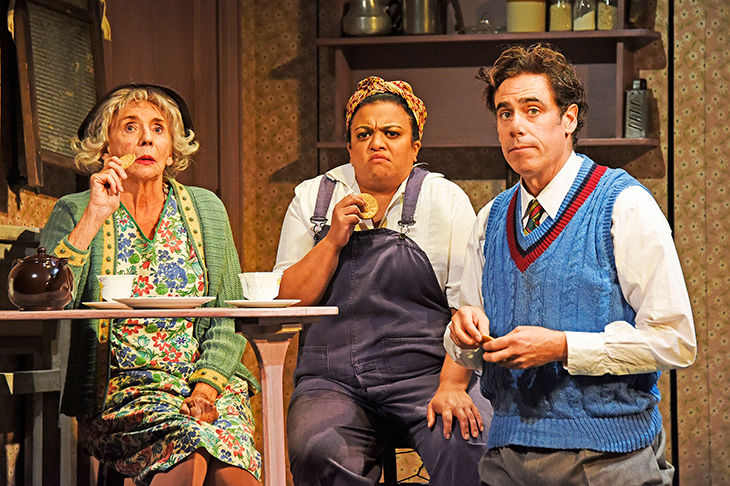
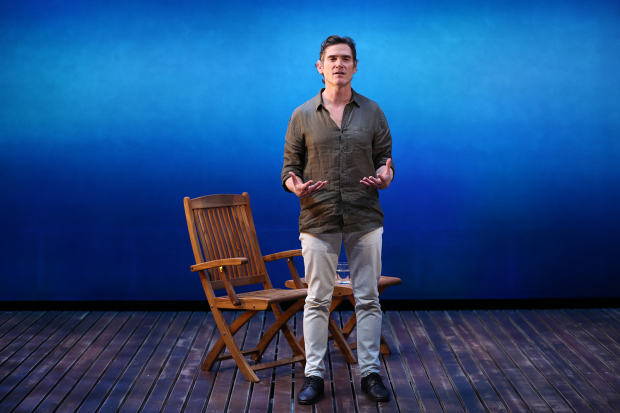
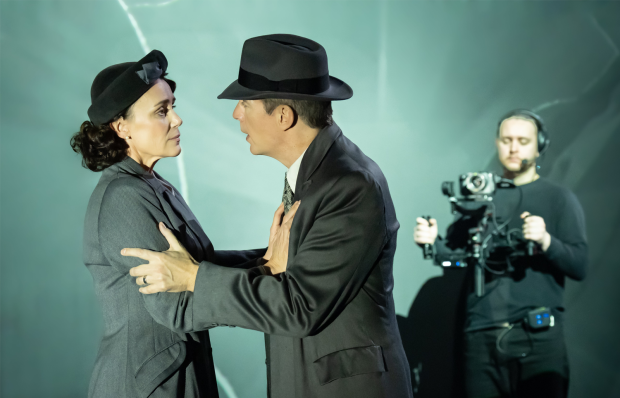
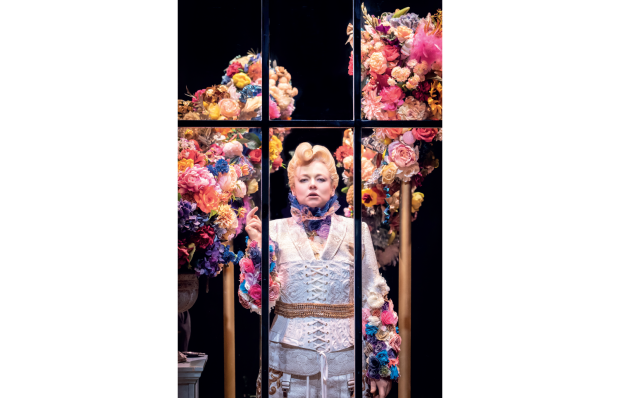
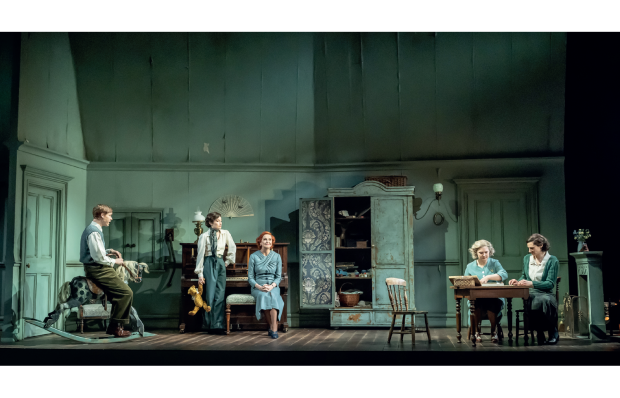
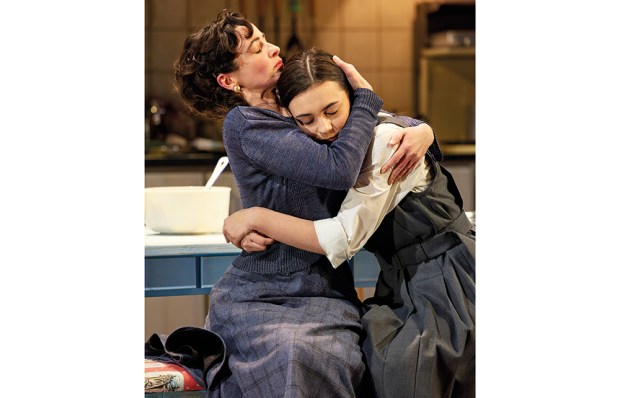
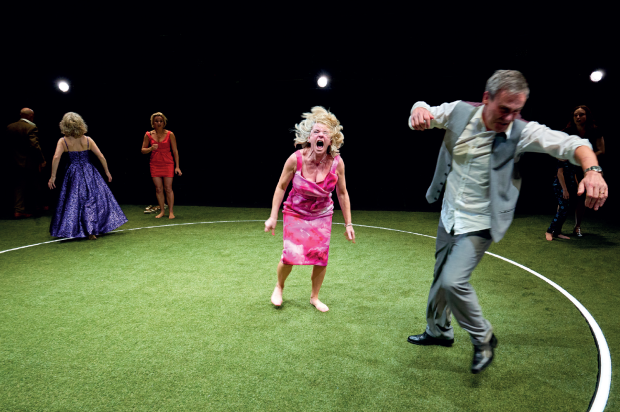






Comments
Don't miss out
Join the conversation with other Spectator Australia readers. Subscribe to leave a comment.
SUBSCRIBEAlready a subscriber? Log in